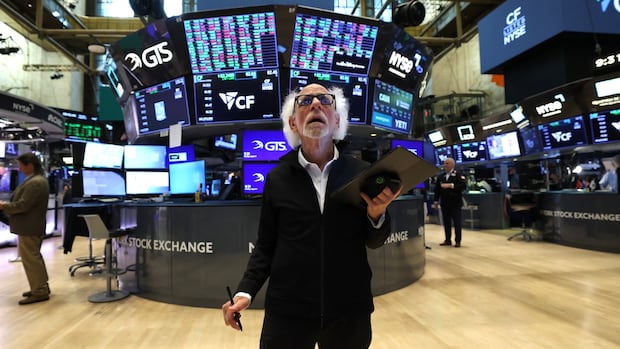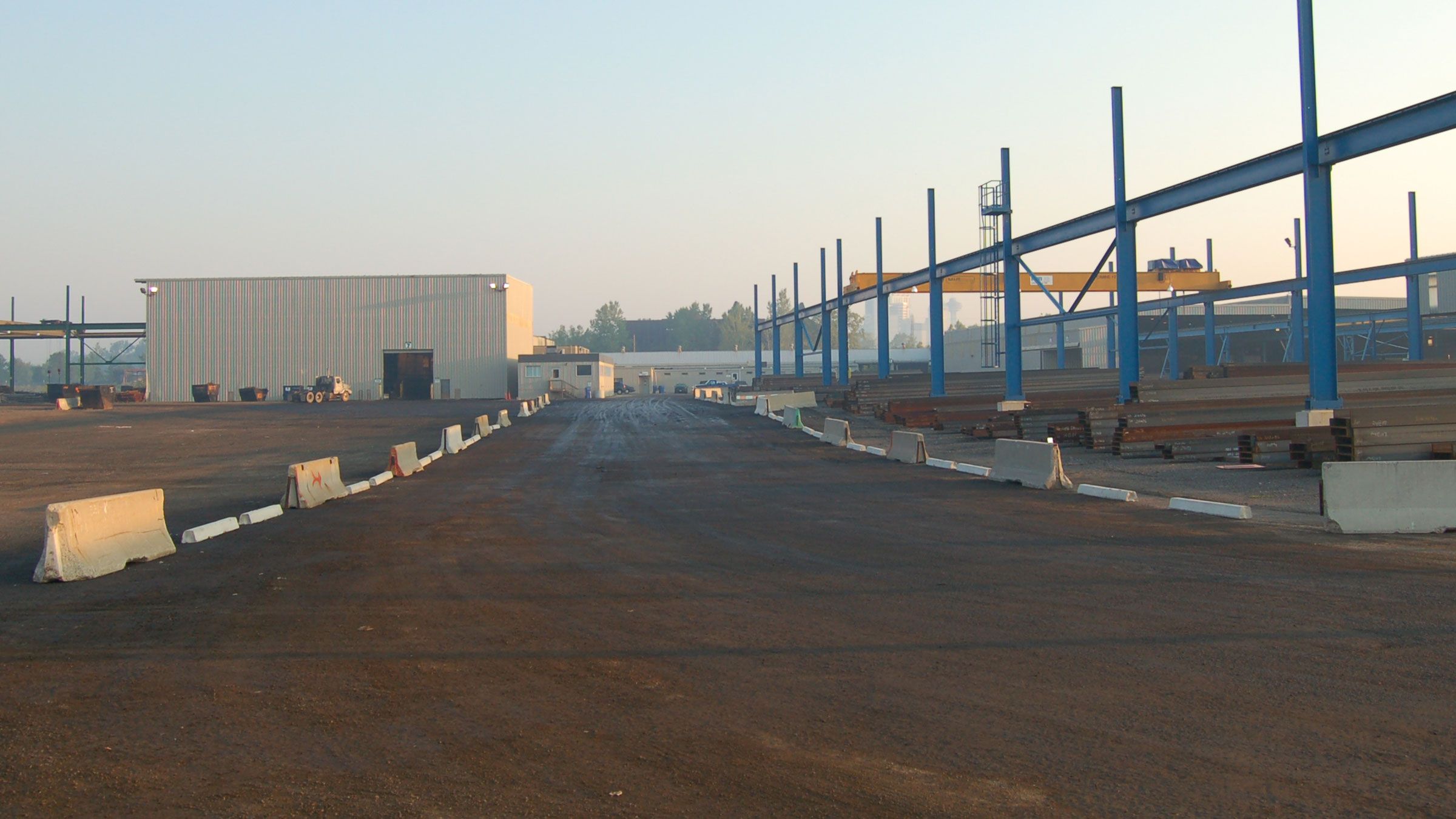Is the stock market on an AI bubble?

The stock markets rose again this week and reached new heights of all time. Again, the profit on the financial markets was driven by a handful of companies focused on artificial intelligence.
Technical giants such as Meta and Nvidia have seen their values rise while investors waiting breathlessly for OpenAi, anthropic and confusing to become public.
But some investors are worried about all the enthusiasm. They say we have been on this road earlier. And they point to the DOT-Com Bubble in the nineties, when technology companies shot up in value, just to see the bubble burst in early 2000.
“The difference between the IT bubble in the 1990s and the AI Bubble Today is that the top 10 companies in the S&P 500 are more overvalued today than in the nineties,” Torsten Sløk, chief economist at the economic research agency Apollo in one Note on his websiteWith reference to the price-win ratios of the companies, a common measure of whether the shares of a company can be overvalued.
In other words, he says, this time the cracking bubble can be even worse than it was. And that says something.
The Dot-Com bubble in the nineties today had many similarities with the market. A new technology offered a potential game -changing way of doing business, and everyone wanted a piece of it.
When the bubble burst
Many of the largest companies of today were founded in those emerging days of the internet. Companies such as Apple, Amazon and Microsoft were important pillars for the then new wave of technology companies.
But other giants of the day failed and were swept away when the bubble burst. Companies such as Pets.com, Boo.com and WorldCom have collected and collected hundreds of millions of dollars.
From 1995 to March 2000, the Nasdaq index had risen 80 percent. Then the bubble burst. By October 2002, the Nasdaq had fallen with a stunning 78 percent of its peak and all the profit that it achieved during the bubble.
Nowadays it is not difficult to find similarities in the markets. Investors come in a space that they do not fully understand before the use-case application of the underlying technology is determined.
The real economy is struggling to find his foot in the midst of all the unrest and uncertainty related to Trump’s trade war and on-again, off-again rates.
Jobs’s growth has been delayed and the US economy shrunk in the first three months of the year.
Some of the largest companies in America are clamped by tariff costs. GM says that rates have led to a decrease in win of $ 1.1 billion. Ford recorded his first quarterly loss in years.
And yet the stocks are too all time and there is a clear sense of Fomo (fear of missing).
“Every bubble in modern market history is based on a story, whether it is internet or real estate,” wrote Wall Street trader Tom Essaye in his newsletter SEVENS report.
“Nowadays, that potentially bubble-inflecting theme is undoubtedly AI technology.”
What looks different this time
But there are also some very clear differences for all similarities.
Barry Schwartz joined the Baskin Wealth Management investment firm when the Dot-Com bubble burst. Today he is the President and Chief Investment Officer of the company
“In contrast to the DOT-COM pre-income companies, these companies are profitable. They have worldwide distribution, imprisonment customers,” he said in an interview with CBC News.
Schwartz says that Google, Apple, Meta and Amazon all have billions of customers. He says that those companies will continue whether AI will become a game change or not. But if so, those technical giants will be ready to take advantage.
“So this is not like chicken and the egg. The egg and the chicken are already on the table. The market understands,” said Schwartz.
The US President of US President Donald Trump Ai Tsar, billionaire David Sacks, says that most people do not fully understand where AI development is really at the moment.
“Doomer’s stories were wrong,” he Posted on the social media platform X.
Sacks says that the story was built on the idea that there would be a fast start for artificial general intelligence that would propel one AI model to forbid themselves quickly enough to leave the others in the dust.
But he says that the opposite happens.
“The leading models cluster around comparable performance bends,” he wrote in his long position last week. “Model companies continue to jump each other with their latest versions.”
More relevant, those models (such as OpenAI’s Chatgpt, X’s Grok or Google’s Gemini) build what he calls ‘developing areas of competitive advantage’.
So from a market perspective, a handful of AI models in healthy competition is with each other. In the meantime, the Tech giants (Apple, Amazon, Meta are just to mention a few) AI aggressive adapting to their business models.
And chip makers such as Nvidia can hardly keep track of the insatiable question that all those companies have developed.
Nvidia has not only seen an example of this. The income is so great that they are difficult to wrap your head to wrap. Since 2022, the income of Nvidia have been quinpled. The win has risen more than ten times.
Tarief uncertainty – even for technology
The fears for a repetition of the dot-com bubble can be legitimate.
But for the time being, the more urgent threat is that financial markets are starting prices in the impact of the global trade war. Multiple reports from the company have shown how deep rates already bite.
Automakers such as GM and Ford led the costs, but the technology companies are not immune.
Apple says that the rate -related costs will increase to $ 2 billion during the first half of this year.
Schwartz says he knows how dangerous it is to think that “this time is different.” But he says the problem comes down to a fairly simple calculation.
“It just comes down to one simple question. Do you think we will use more AI and data or less in the future?” he said.
And it is clear that a quick view of markets will show you that most investors bet that the answer is more.




